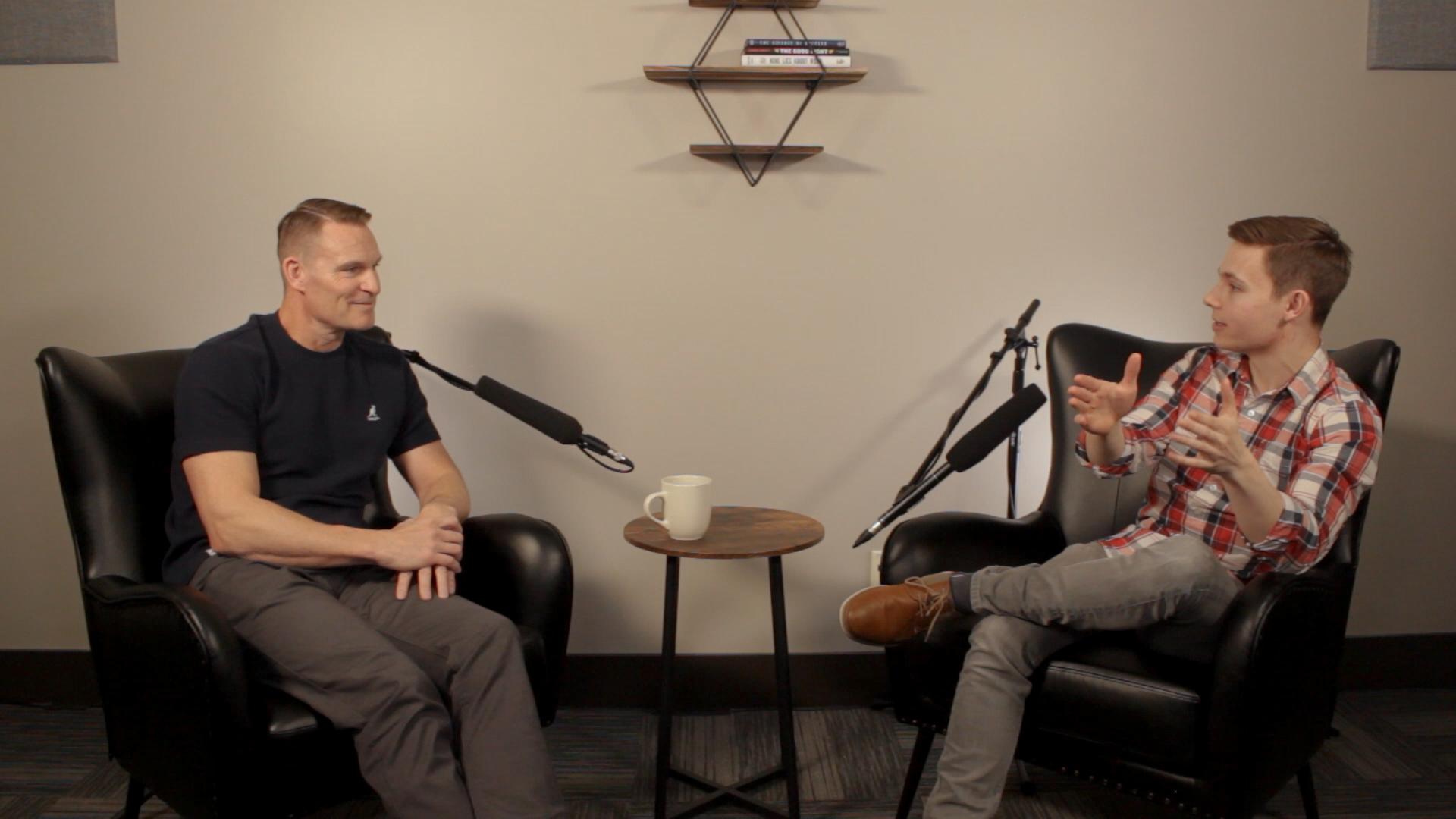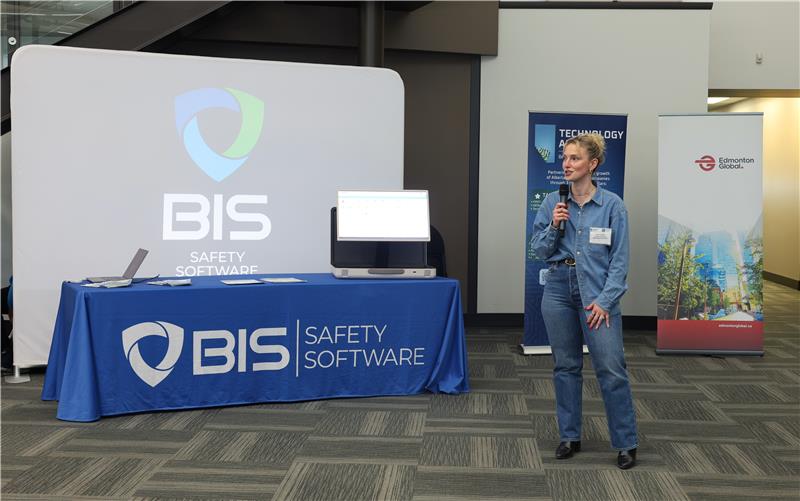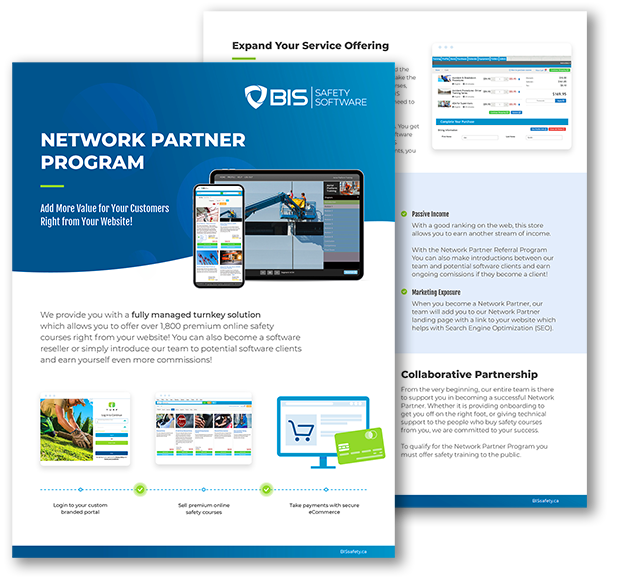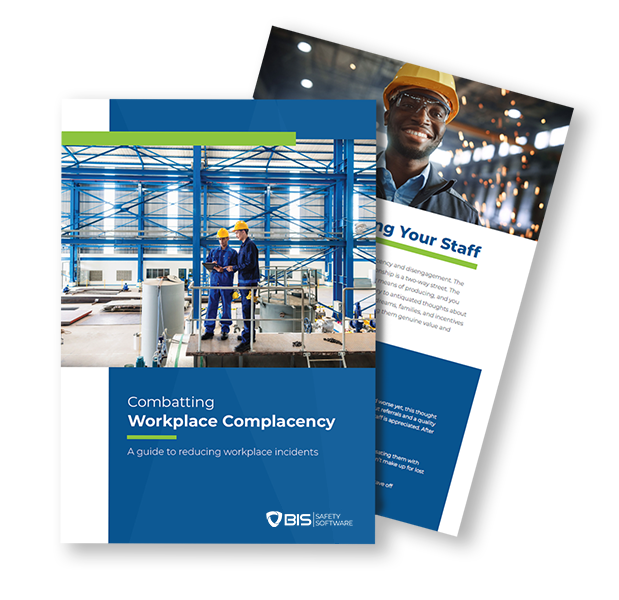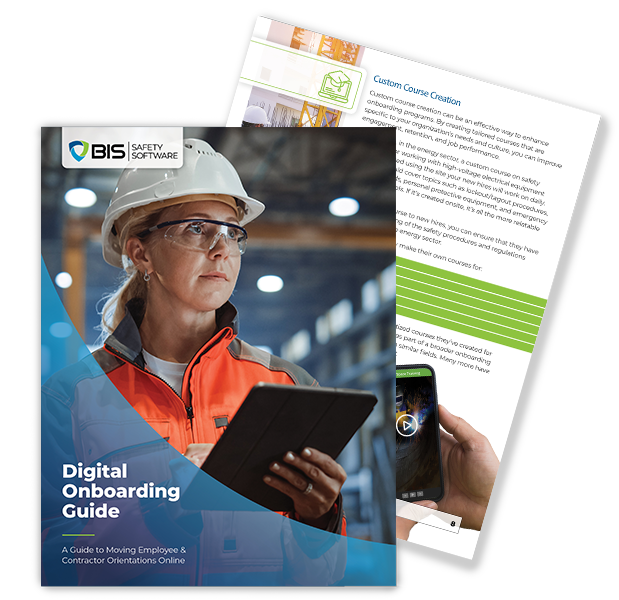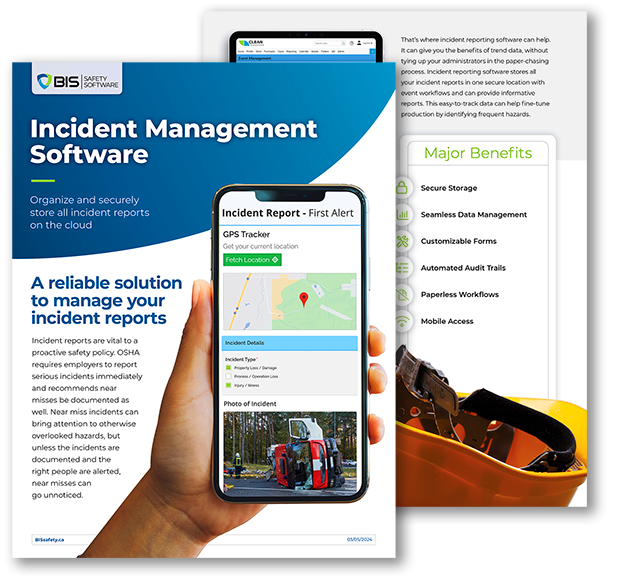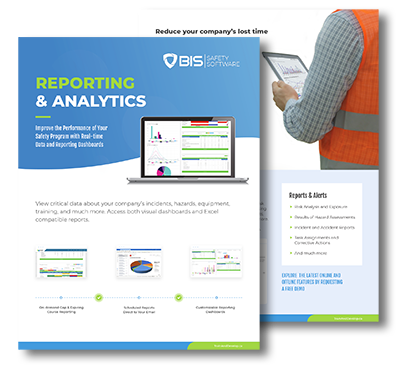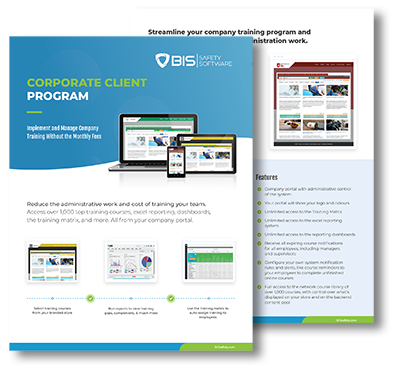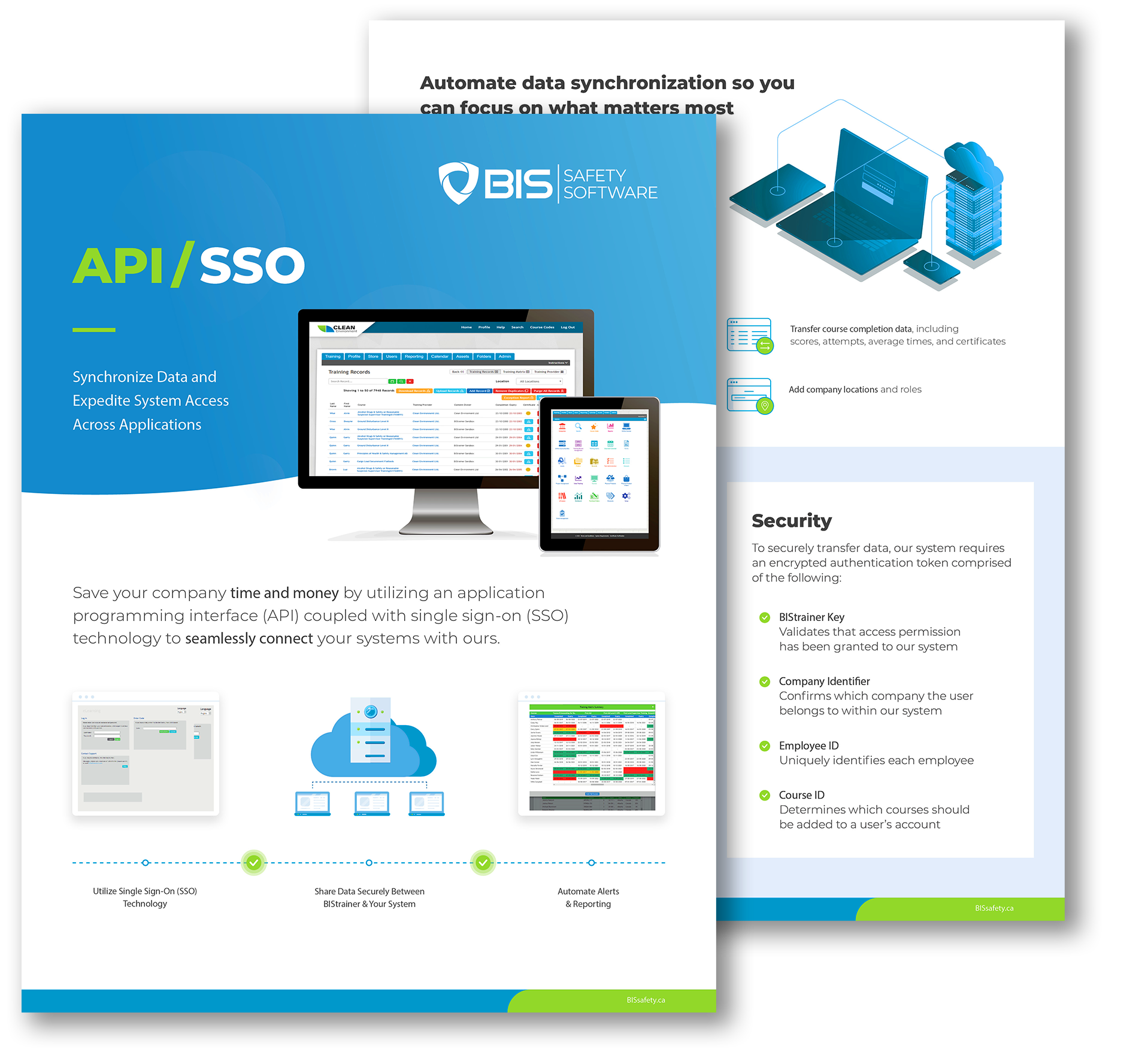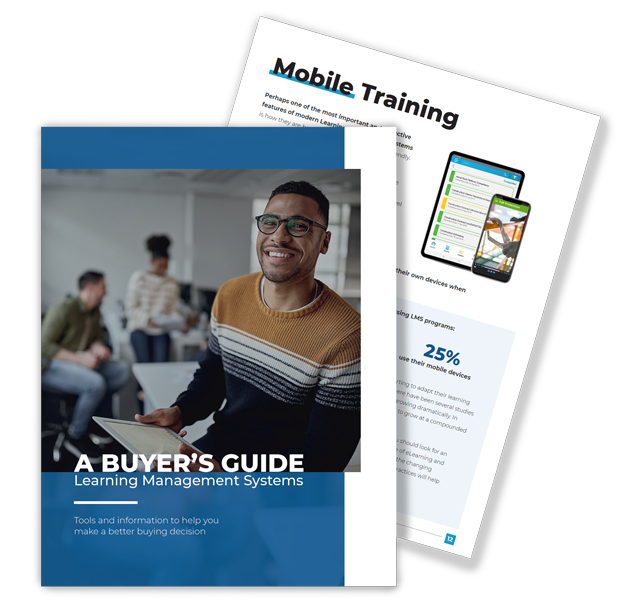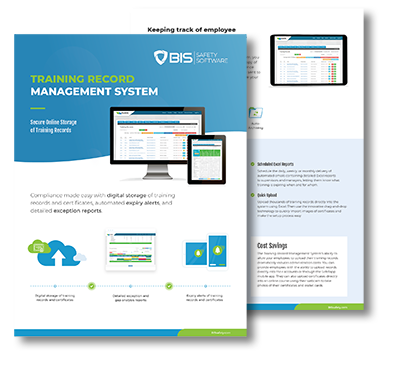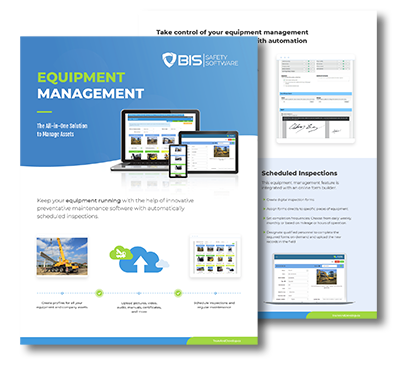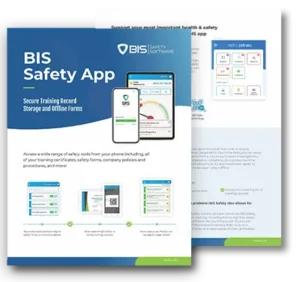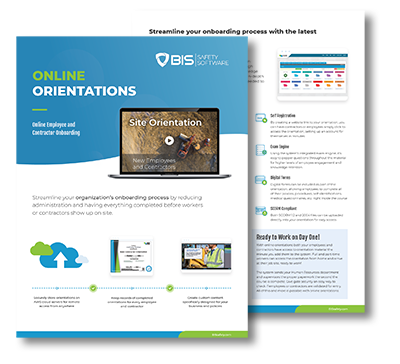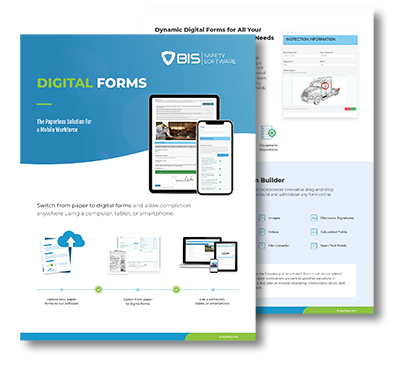Dig Smart, Stay Safe: Utility Line Marking Essentials
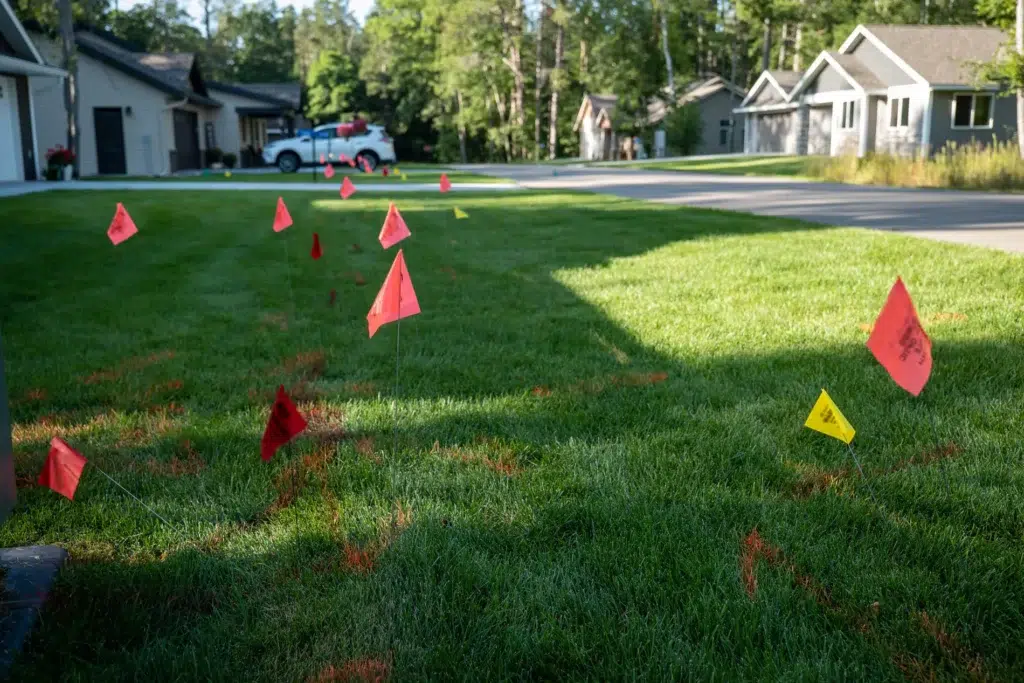
Safe excavation starts with utility line marking. This guide explains how locate requests, colour codes, and trained assessments prevent strikes, protect infrastructure, and keep crews safe on every project.
MindBody Works – Sylvia Marusyk on Stress, Burnout, and Building Resilient Workplaces Through Human Connection

What happens when stress becomes the hidden hazard no checklist can catch? In this episode, occupational therapist and activational speaker Sylvia Marusyk shares
Streamline Your Safety Program with Playbook Software

Playbook Software centralizes and standardizes safety procedures, policies, and response plans. Give your team instant access to the latest, most accurate information.
SafetyLAB – Juliana Bley on Human Factors, Learning Design, and Building Safer Workplaces Through Connection

What happens when we stop treating safety as just rules and checklists, and start focusing on people, connection, and how adults really learn?
What’s the Secret to Getting Your Team on the Same Page About Safety?

Strong, accessible documentation is key to safer, more efficient worksites. Learn why it matters, where it fails, and how to build a system that works.
Greg Wooldridge: What Safety Culture Can Borrow from The Blue Angels

Greg Wooldridge shares how the Blue Angels’ debriefing and trust-driven approach can transform workplace safety, emphasizing daily reflection, accountability, and team cohesion.
Edmonton Police Service – Catlin Chiasson on Policing, Empathy, and Evolving Safety: Why Human Connection Still Matters Most

In this episode, global safety strategist Shawn Galloway breaks down what it really takes to achieve safety excellence.
Propane Safety in the Workplace
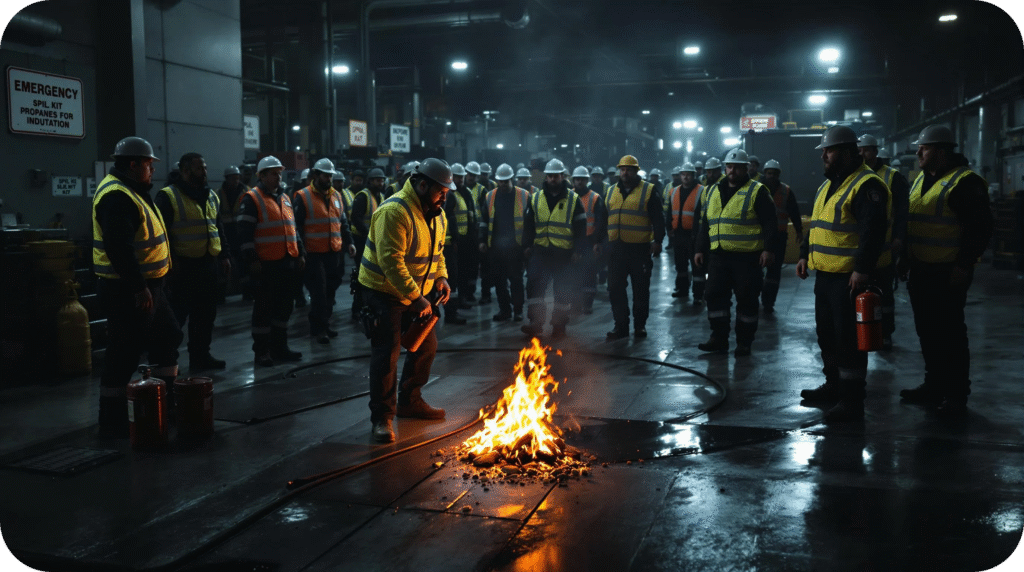
Propane is versatile and efficient but can be dangerous if mishandled. Learn essential safety tips for transport, storage, handling, and emergencies.
ProAct – Shawn Galloway on Safety Excellence: Why Culture, Strategy, and Ownership Matter Most

In this episode, global safety strategist Shawn Galloway breaks down what it really takes to achieve safety excellence.
Humor at Work – Work Shouldn’t Suck: Mike Kerr on Humor, Culture, and Why Safety Starts with Fun

Luca Filippo shares his journey through aviation and biology, plus what it taught him about safety culture.




